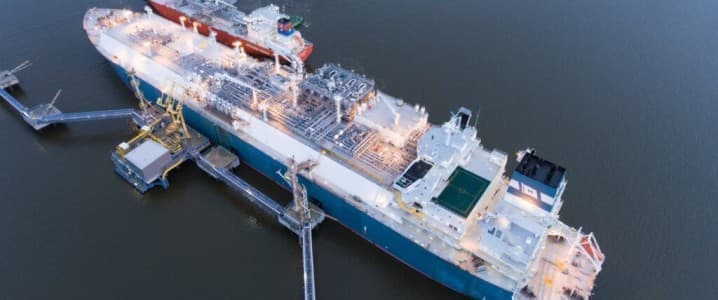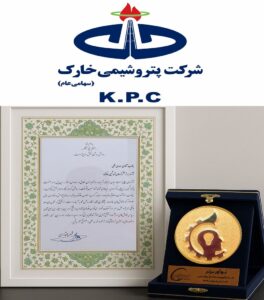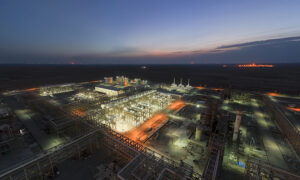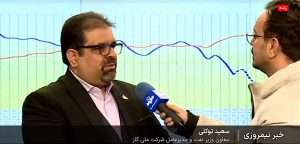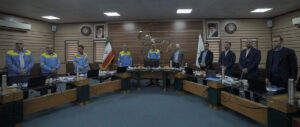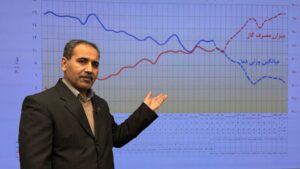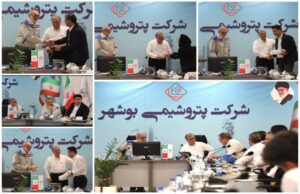Rahbord Energy:
With Japan looking to steer clear of risky energy tie-ups with neighboring Russia, its allies could help to fill the country’s LNG needs for 2030 and beyond.
Since Russia found itself on the wrong end of Western sanctions, Japan has been looking to wind down its exposure to Russian LNG. In December, Japan’s Mitsui and Co decided to pull its employees out of Russia’s Arctic LNG 2 LNG project, and sanctions prompted Novatek to declare a force majeure over LNG supplies from the project. But Mitsui and its JV with Japan’s JOGMEC is still planning to keep its 10% stake in the project.
But the supply risks associated with relying on Russia for LNG supplies have become prominent since Russia invaded Ukraine and Japan is looking to hedge its LNG bets—from suppliers that are more closely aligned with Japan.
Japan’s other major suppliers include Qatar, but Japan is looking to increase its long-term LNG supplies from friendly nations like the United States and Australia. It’s even looking to Canada for LNG tie-ups, with Mitsui a shareholder in Canada’s first major export facility, expecting to receive more than 2 million tonnes of LNG per year.
Meanwhile, Japan has seen a drop off in LNG purchases from Russia, Malaysia, Indonesia, and Qatar in recent years.
Related: Europe’s Secret Weapon In Its Energy War With Russia
Overall, Japan’s imports of LNG are declining, according to recent EIA data, with natural gas accounting for 35% of its total fossil fuels-driven energy generation. The reason for the slump can be attributed to Japan’s five nuclear reactors that restarted over the last six years. And of the LNG it continues to import, 90% is through long-term contracts, with just 10% purchased on the spot market from a wide variety of countries.
But that doesn’t mean all of Japan’s LNG suppliers are seeing a dip in demand from the Asian nation.
On the contrary, it would appear that as Japan’s contracts with certain countries like Qatar expire, it is seeking out new long-term contracts with nations it is closely aligned with.
Japan’s top supplier of LNG is—and has been for more than a decade—Australia. And, as geopolitical allies, Australia’s share of Japan’s overall LNG imports has grown in recent years. Japan used to import 18% of its total LNG from Australia in 2012. Last year, that figure had grown to 42%.
Qatar, on the other hand, is supplying a decreasing share of Japan’s LNG. Qatar also used to supply 18% of Japan’s total LNG needs in 2012. But as of last year, this had fallen to just 4% as several long-term contracts expired—long-term contracts that come with what Japan sees as strict terms. Last year, Japan’s industry minister Yasutoshi Nishimura, spoke out in favor of more flexible contracts and specifically against the destination clause, which prevents switchig the final buyer. In the past, Qatar’s LNG buyers have been agreeable to such strict terms in exchange for Qatar’s reliability. But Qatar’s shrinking footprint in Japan’s LNG market could be an indication that it can no longer rest exclusively on offering its LNG buyers reliability.
Malaysia was Japan’s second-largest LNG supplier last year, but, their share of Japan’s total LNG demand is also shrinking—from 19% in 2012 to 16% in 2023 as Australia’s presence in the global LNG market boomed.
Japan’s imports from Russia—still one of its major suppliers–fell to 10.7% in 2022, and this could fall even more over the next six years, when many of the long-term contracts from Russia’s Sakhalin-2 project are set to expire.
As for Indonesia, it could have supply issues in the future as its own demand increases.
Meanwhile, Japan’s LNG imports from the United States increased last year by more than a third, accounting for 8% of Japan’s total LNG purchases, making it Japan’s fourth-largest LNG supplier. The Biden Administration’s suspension of U.S. LNG export permits haven’t turned Japan away from seeking U.S. LNG, with Japanese utility company Kyushu Electric Power even mulling a stake in Energy Transfer’s Lake Charles LNG project in the United States—even though it is part of the U.S. license freeze. The reason for the appetite for Australia and United States LNG, according to Kyushu, is supply stability. “There are some concerns about North America due to the recent move by Biden, but they, along with Australia, are allies and that means a lot,” Kyushu’s Takashi Mitsuyoshi told Reuters.
One recent report suggests that Japan’s utilities could see margins drop—and even turn negative–on a forecast surplus of LNG as the country’s demand for LNG has fallen in recent years. The report, from the Institute for Energy Economics and Financial Analysis (IEEFA), suggests that Japan’s utilities JERA, Tokyo Gas, Osaka Gas, and Kansai Electric, could find themselves in an over-contracted position of 11 Mtpa through 2030. From now until 2040, however, millions of tonnes worth of Japan’s LNG contracts are set to expire, according to Reuters calculations, with 17.9 million tonnes of LNG set to expire in 2039 alone.
Of course, the IEEFA report’s view of an LNG glut is specifically speaking in near- to mid-term, through 2030. Japan is still moving to secure long-term LNG supplies with a view of the future, and the government said last year that it was planning to establish an emergency LNG reserve system to secure gas resources for unexpected situations.
By Julianne Geiger for Oilprice.com

